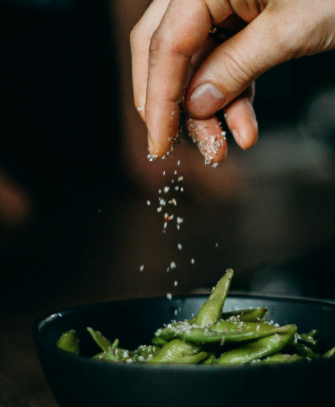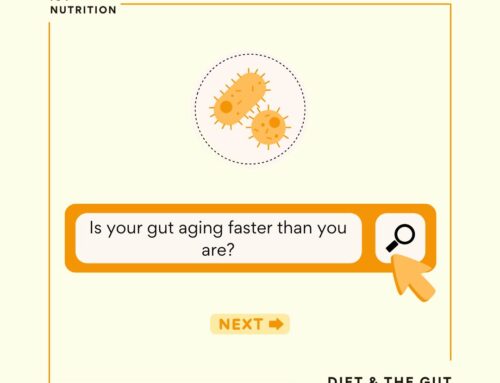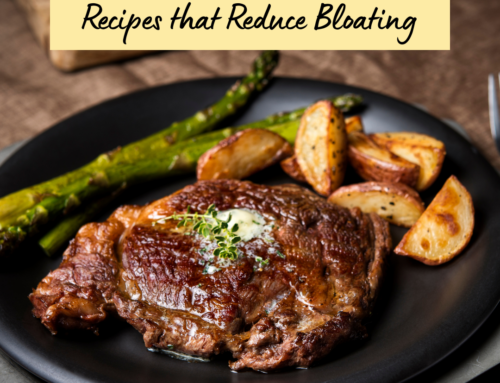Keto. Paleo. Vegan. Vegetarian. Gluten-free, dairy-free, low-carb, carnivore… the list goes on.
With all of the pop diets out there these days, how do you know which ones are healthy and would suit you?
Through this blog series, we’ll teach you how to evaluate diets based on science – no matter what your favorite influencer says about it.
Don’t worry. It’s easier than it sounds! Let’s jump in.
Criteria to Consider
When evaluating diets, you’ll want to check on a few different characteristics, including:
- Fiber intake
- Polyphenol content
- Probiotic / fermented food content
- Micronutrient intake
- Caloric intake
- Fat, protein, and carbohydrate intake
- Electrolyte intake
- Processed food content
- Gluten, dairy, or sugar intake: other triggers
- Price
- Sustainability
- Adherence / lifestyle match
That sounds like a lot – but tracking these criteria is much simpler than it sounds.
Let’s jump in! Today, we’ll look at electrolyte intake.
Electrolyte Intake
Electrolytes are minerals that allow the body to hold on to water (1). Your body will struggle to store the water you drink if you lack electrolytes.
You might be thinking – why does hydration matter? We’ve got a long list of reasons for you! Hydration is essential for (2):
- Body temperature regulation
- Blood pressure regulation
- Organ health
- Joint lubrication
- Cognition, memory, focus, mood
- Exercise performance
- Immune system
- Digestion (especially motility)
Today, we’ll look at one electrolyte specifically: salt. To learn more about how salt impacts gut health, check out our blog series titled “Salt and Gut Health.”
We know that consuming enough salt is critical to gut health. But we also know too much salt can raise blood pressure and potentially suppress populations of good gut bacteria (3, 4).
So how much salt should we consume for gut health, and does the source matter?
The FDA and the American Heart Association recommend that Americans consume between 1,500 and 2,300 mg of salt per day for a healthy body (5). That’s equal to about a teaspoon of salt per day.
Let’s look at some diets and how much salt they typically contain.
Assume you’re consuming a typical western diet but are busy and often eat out. Many processed foods, restaurant dishes, and frozen meals are very high in salt, and typically these types of meals come with added consequences.
In this case, you may be over-consuming salt.
But what if you’re eating super “clean” – paleo, vegan, you name it, without adding salt to your food? You might not be consuming enough salt.
Let’s look at an example. Say you have a smoothie for breakfast, a salmon salad with quinoa for lunch, and beans, rice, and chicken with some veggies for dinner.
A smoothie containing one banana, one cup of frozen strawberries, one scoop of protein powder, one tablespoon of almond butter, and one cup of oat milk would come out to 385 mg of sodium. Okay, let’s move on to lunch.
A salmon salad containing 4 oz of salmon cooked in one tbsp of olive oil on a bed of one cup of steamed quinoa, one cup of mixed greens, and one handful of sunflower seeds would come out to about 100 mg of sodium. We’re looking pretty short on salt at 485 mg so far… let’s look at dinner.
A burrito bowl containing 1 cup brown rice, 1 cup pinto beans, 4 oz chicken breast, one tomato, one avocado, and some onion puts us at 1000 mg of sodium for the whole day!
See how easy it is to come up short on sodium when following a “clean” diet? The good news is it’s an easy fix – just sprinkle a little salt on top of your food. If you’re evaluating a new, “cleaner” diet, remember to track your sodium.
Continue reading the rest of the blog series to learn about other diet criteria. Tag us in photos of your meals on Instagram @igynutrition. Thanks!
References
- https://www.cedars-sinai.org/blog/electrolytes.html
- https://www.hsph.harvard.edu/news/hsph-in-the-news/the-importance-of-hydration/#:~:text=Drinking%20enough%20water%20each%20day,quality%2C%20cognition%2C%20and%20mood.
- Grillo, Andrea et al. “Sodium Intake and Hypertension.” Nutrients vol. 11,9 1970. 21 Aug. 2019, doi:10.3390/nu11091970 https://www.ncbi.nlm.nih.gov/pmc/articles/PMC6770596/
- Sodium, hypertension, and the gut: does the gut microbiota go salty? Katarina Smiljanec and Shannon L. Lennon American Journal of Physiology-Heart and Circulatory Physiology 2019 317:6, H1173-H1182
- https://www.heart.org/en/health-topics/high-blood-pressure/changes-you-can-make-to-manage-high-blood-pressure/shaking-the-salt-habit-to-lower-high-blood-pressure#:~:text=The%20American%20Heart%20Association%20recommends,those%20with%20high%20blood%20pressure.




